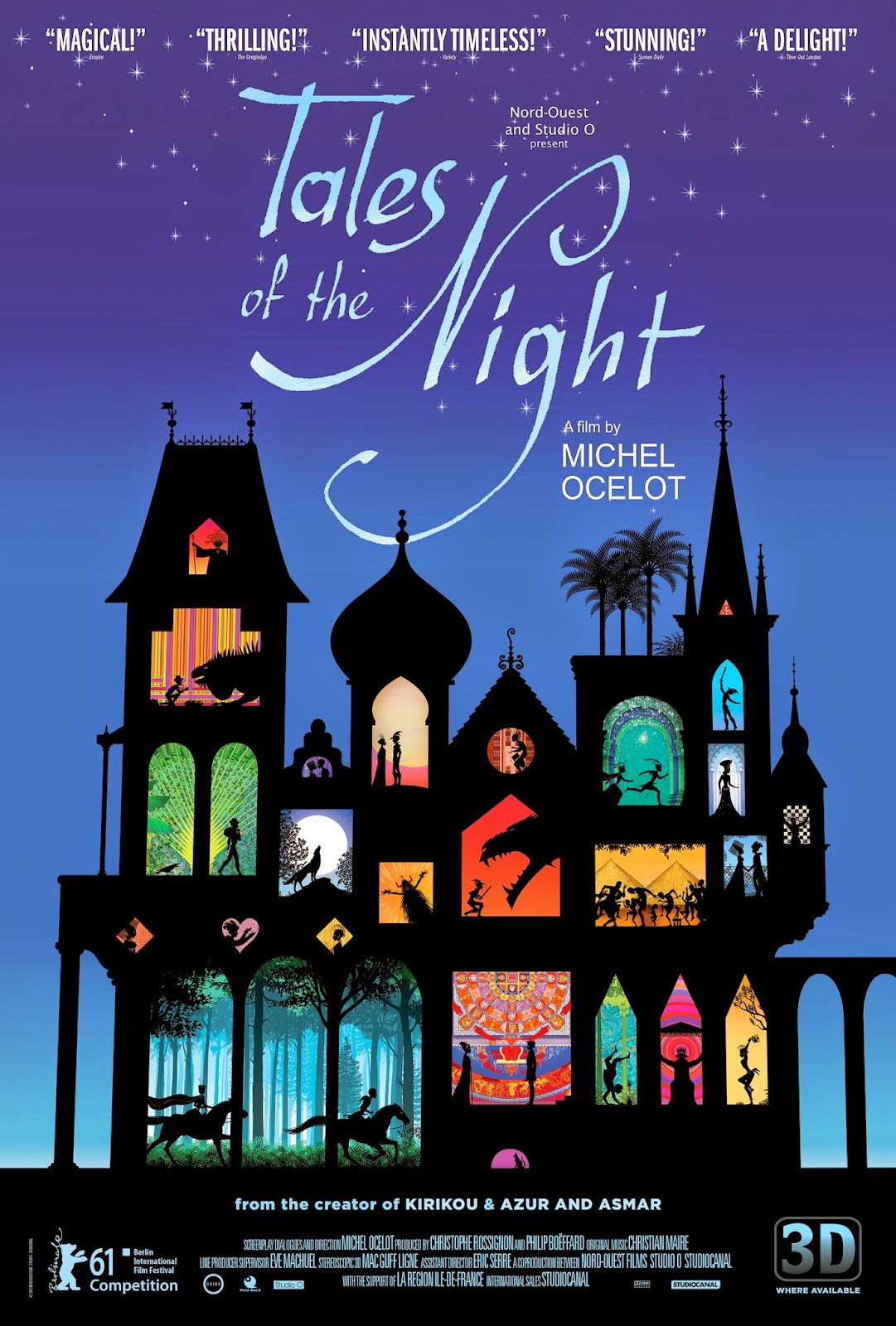“We
should regret our mistakes and learn from them, but never carry them forward
into the future with us.”
~Lucy
Maud Montgomery
When we began this collaboration, we struggled
to come up with a concept that spoke to all of us. Originally we had discussed the topics of
abortion, adoption, and addiction. We tried to tie all of these ideas together,
but in the end, we could all agree that experiences, good and bad, are universal.
Every human being grapples with what to take out of life. Our film seeks to
examine how our collective experiences, no matter how fraught with pain or
remorse, are the experiences that shape us.
We used Dorianne Laux’s poem, Antilamentation
as our script for this film. Laux’s poem beautifully underscores the idea that
regret is wasted, and that what matters most is how we move forward into the
present.
From the very beginning, we wanted to create
a film that was visually poetic. One of the ways we tried to achieve this was
through the use of slow motion. The
effect forces the viewer to linger within the scene, to listen and
reflect. Laux’s poem is essentially
about reflecting, and we remained sensitive to this fact. For instance, we use time-lapse footage to
bring this idea to the fore. It is when
her counterpart joins our “woman”, that the world moves in real-time again,
successfully conveying the psychological move from regretting the past to being
in the present. Many of our scenes strip
away extraneous material in order to capture only the most important
information. We have tried in this way
to focus on our character’s experiences and feelings.
We really wanted to emphasize the mood of the
poem through lighting, obscuring the face of our actors, and editing. Lighting
was an important strategy in our film. We used natural light, stage lighting,
silhouetting, dim lighting, and mood lighting.
We used it at different parts in the film to convey calm, angst, hurt,
and intense loneliness. Because we
wanted to allow the viewer to relate to these emotions, we kept our actors
“faceless.” Through editing, we were
able to add several elements that added to the feel of the film. Our song, Brian Eno’s Emerald and Stone, was added to give the film a gentle pacing and a
background for the voice over, a narration of Laux’s Antilamentation. We also added transitions, like “fade to black”
for the pivotal point in the poem when our narrator commands “relax.” Because
each scene was critical for conveying the content of the poem, we worked to tie
the music, film clips and voice-over together in a way that felt natural and
seamless.
This film project was a long and complicated
process that was not without its challenges.
However, the resulting film is a creative endeavor that we are all very
proud to share. “Antilamentation” is a labor of great time and love, and one
that we can all agree, we don’t regret.









